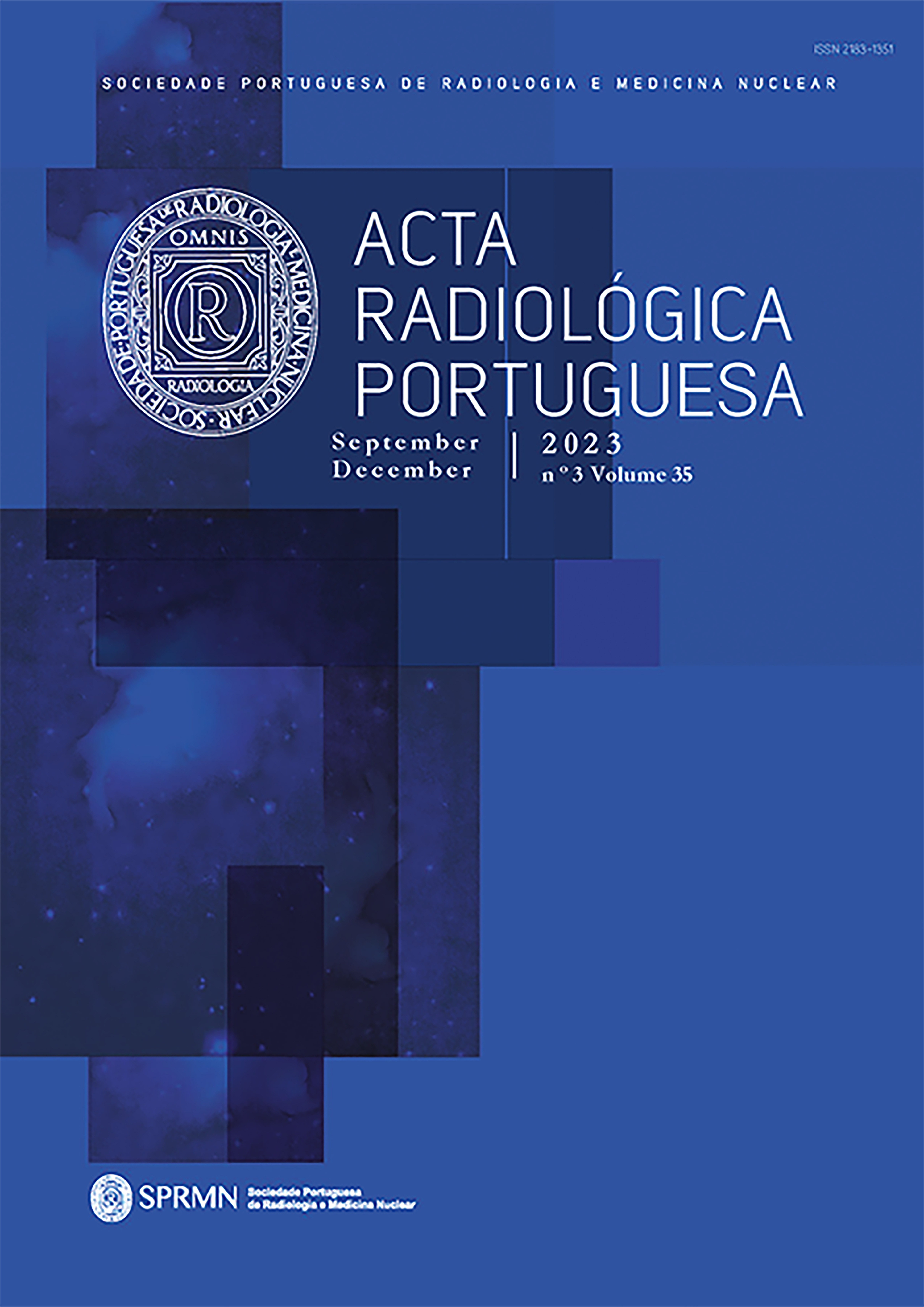Assessing the Completeness of Clinical Information in Imaging Requests: A Retrospective Study in a Portuguese Hospital
DOI:
https://doi.org/10.25748/arp.32885Abstract
Introduction: Acknowledging the importance of imaging examinations in clinical practice and the impactful influence of provided clinical information on the quality of the produced radiological report, we aimed to study the practices related to the completeness of the mandatory fields in imaging requests by doctors working in a Portuguese hospital.
Materials and methods: We retrospectively analysed 2930 imaging requests ordered during May 2022 by physicians at our hospital, including ultrasounds, computed tomographies and magnetic resonances. Data were categorized based on the completeness of the provided information (adequately filed out/incomplete/absent), the origin of the request (outpatient consultation; day hospital; inpatient; emergency), requested examination, and evaluated anatomical region. The association between variables was assessed using Pearson's Chi-square analysis.
Results: Of the 2930 imaging examination requests, 71.4% were accompanied by adequately filled clinical information, 27.3% of the requests were incompletely filled, and 1.3% were absent of information. The most frequently requested examination was computed tomography at 68.1%. Significant associations were identified between the adequacy of clinical information completion (p<0.05) and the requested imaging method, as well as between the origin of the examination request and the completeness of the clinical information (p<0.05) and which information was missing. Clinical information was most frequently adequately filled in requests originating from outpatient consultation at 73.4%.
Discussion: The fact that at our hospital not all requests are accompanied by adequately filled clinical information shows that there is room to optimize current completion practices. Understanding the factors impacting its adequate completion allows us to develop approaches aimed at optimizing available resources. Some of the implemented measures include awareness and training programs as well as the adoption of facilitating electronic information systems. Furthermore, fostering open communication between radiologists and clinicians is crucial.
Conclusion: Our findings underscore the need for enhanced communication and training in the imaging request process to improve the quality of health care provided at our hospital.
Downloads
Published
Issue
Section
License
CC BY-NC 4.0


